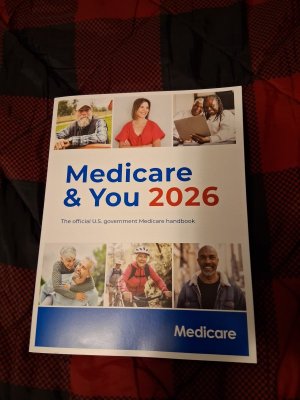Well, here is the big picture (As I understand it), and if anything here needs correcting, by all means, please do so, as I am no authority.
Medical debt remains one of the top financial threats for seniors. A predictable spending ceiling brings peace of mind—and prevents health emergencies from becoming financial disasters.
Original Medicare: The advantages are that you are not tied to a network, so care is available anywhere that Medicare is accepted. Also, you don't need referrals or approvals for specialist care or procedures, as long as they are listed as a covered care. This can reduce waiting times for care when time is of the essence.
While it covers a lot, there are several key areas where it falls short. It doesn't cover dental, vision, and hearing, except in rare cases where those services are medically necessary because they may affect the success of a covered medical procedure. It also doesn't cover most prescription drugs.
Another downside is that it only pays for 80% of covered expenses which leaves you responsible for the other 20%, and that's why so many opt for an additional Medigap plan to pick up that remaining balance. However, they can be a bit pricey, and it's important to remember that they only cover the remaining balance of Medicare approved expenses.
An example might be that you have a major operation or procedure where Medicare is billed for $50,000. Then Medicare approves it for $23,000, but only pays 80% of that amount ($18,400), so you are responsible for 20% of the approved amount ($4,600). That's the amount that a Medigap policy would cover if you have it. However, it's worth noting that if part of your procedure isn't approved by Medicare, then even a Medigap policy won't pay for that either.
In any case, make sure that the doctor or hospital accepts Medicare as payment in full. That means, in the example used above where Medicare is billed for $50,000, but Medicare only approves it at $23,000, then you aren't left owing $27,000. Usually that's not the case, but it doesn't hurt to make sure.
Original Medicare also has a part B yearly deductible, which I believe will be $288. Original Medicare also doesn't cover most prescription medications, so it's important to get a part D drug plan which also has a yearly deductible. I think it will be $615 in 2026.
So, all-in-all, having original Medicare can be expensive if you get an additional Medigap plan, and a drug plan, and some sort of coverage for dental, vision, and hearing, unless you plan to pay for them out-of-pocket.
It's also worth noting that original Medicare doesn't have an out-of-pocket limit, so there is some risk there as well.
Perhaps we can do a separate one for Advantage plans (Pros and cons), and Medigap plans, and Part D drug plans, although many Advantage plans have a fair amount of drug coverage, as well as vision and dental and hearing allowance.


